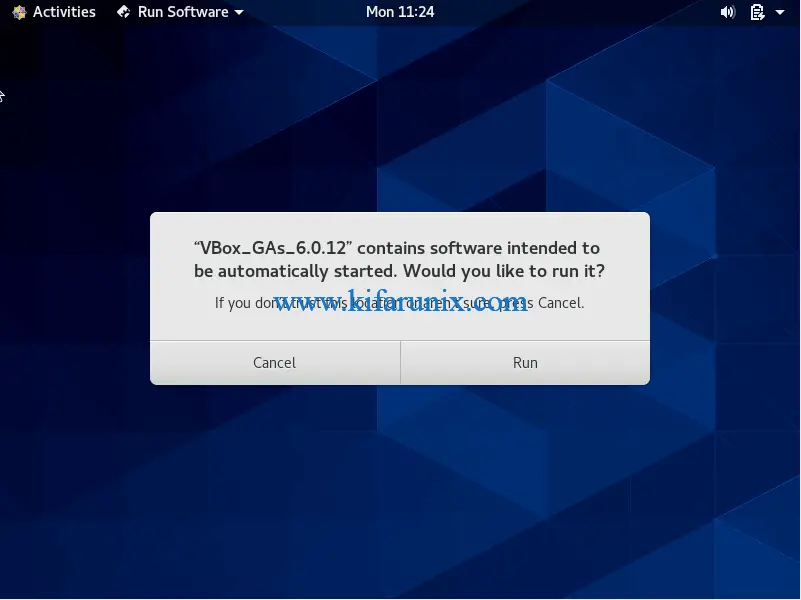
This article assumes, of course, that you already have VirtualBox and a Virtual Machine installed. If you have not previously run a Virtual Machine with Guest Additions, you’ve been missing out! In this article I will outline how to install VirtualBox Guest Additions on Windows and Linux virtual machines. Improved mouse and keyboard integration, improved video resolution and more! VirtualBox Guest Additions are a basic requirement for anyone wanting to properly run virtual machines in a graphical environment. Guest additions allow you to greatly improve your experience when working inside virtual machines. This book outlines the process of installing Guest Additions on your virtual machines. Here, scroll down and choose “Insert Guest Additions CD Image.I thought I would share a little bit more from the book I reviewed, “ VirtualBox 3.1 Beginners Guide“. Once you have Windows running inside VirtualBox, go to the menu bar, then choose the Devices menu. Install Guest Additions on Windows Guests You can use the Guest Additions on macOS with Windows or Linux guests without issue. To clarify, the additions aren’t supported in macOS guests.

Unfortunately, macOS isn’t currently supported, nor does support seem like it’s coming anytime soon. Even if the Guest Additions install properly, you can’t necessarily count on every possible feature working correctly. This includes multiple versions of Linux, but we can’t guarantee they’ll run on every single distribution.

The VirtualBox Guest Additions support Windows and Linux. This is great if you need to run a certain version of an app that works better in VirtualBox.

With Windows, you can even run apps from the guest operating system alongside your standard apps. This includes better mouse pointer integration, cut and paste across operating systems, and drag and drop. This can get you improved graphics performance but can also integrate the guest OS with your system better. The VirtualBox Guess Additions are a collection of drivers and apps that make running certain guest operating systems smoother. You can do this by using a series of add-ons known as Guest Additions. Fortunately, you can fix this, depending on the virtualized operating system (known as the “guest” OS) you’re running.


 0 kommentar(er)
0 kommentar(er)
